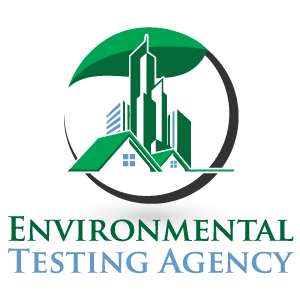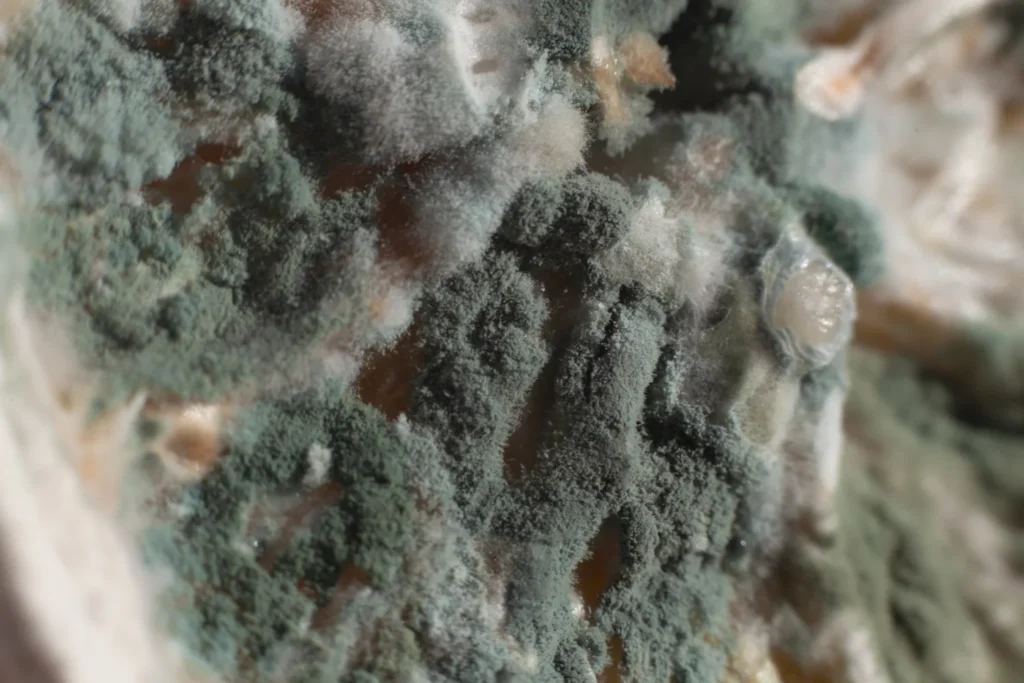Florida’s Experts in Garage Mold Testing Services
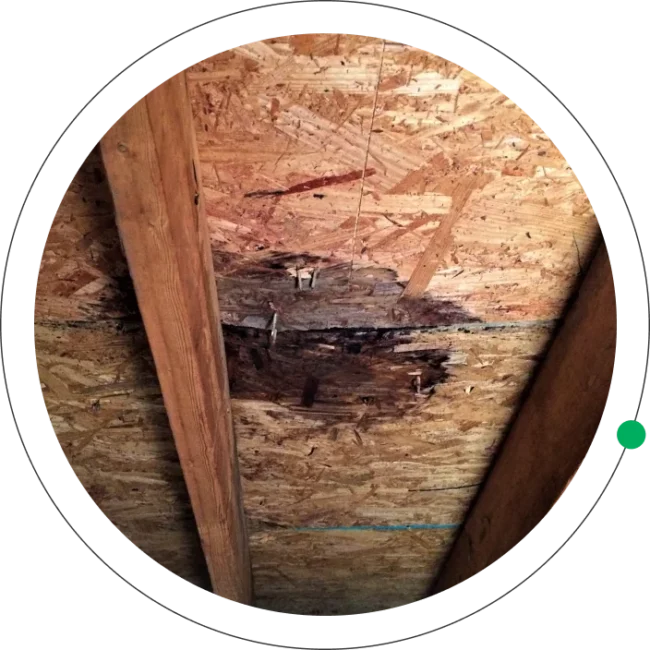
Why is the Garage a Place Prone to Mold Growth?
Garages in Florida often get overlooked when it comes to mold, but they can be one of the most at-risk areas in your home. With the state’s humid weather and frequent rain, garages can easily become a breeding ground for mold if not checked regularly. That’s where ETA Mold comes in. We specialize in garage mold inspection and testing, helping homeowners find and take care of mold problems before they get worse. Whether it’s hiding behind your stored items or clearly visible, our team is here to keep your garage mold free and safe.
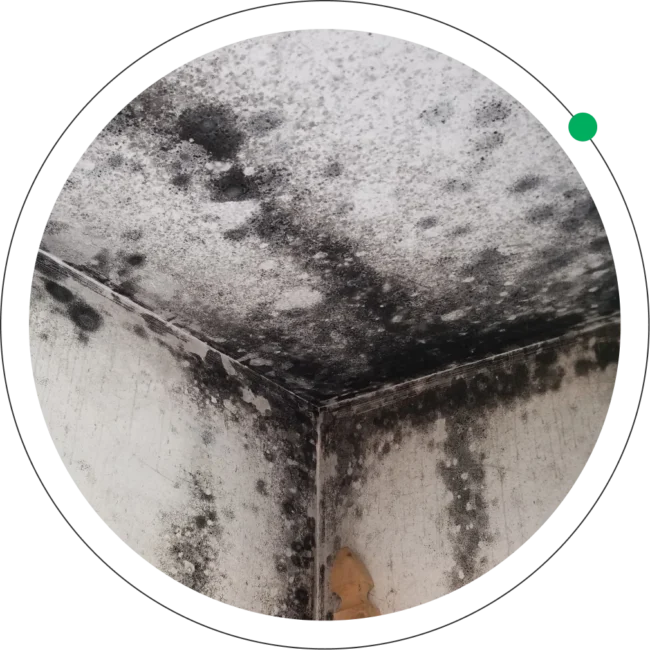
Signs You Need Mold Testing
for Your Garage

Musty Odor
One of the first signs of mold is that unmistakable musty odor. If you catch a strange smell when you enter your garage, it might mean mold is hiding somewhere nearby.

Visible Mold
Keep an eye out for dark patches or fuzzy growth on walls, ceilings, or stored items.

Water Stains
Look for water stains or discoloration on the walls and ceiling. These can be signs of past moisture problems that may have allowed mold to grow.

Peeling Paint
If the paint on your garage walls is peeling, bubbling, or cracking, it might be due to moisture buildup, which can help mold thrive.

Condensation
Excess moisture on windows or walls within the garage.

Health Symptoms
Exacerbation of respiratory issues, allergies, or skin irritation when spending time in the garage.

Rust
Rust on metal tools, fixtures, or vehicles within the garage.

Water Pooling
Signs of water infiltration, such as dampness or puddles, especially after rain.
Tips to Identify Garage Mold
- Look for any spots or streaks of mold on walls, ceilings, or stored items.
- Check for any discoloration or water stains that might indicate moisture problems.
- Be alert to any persistent musty odors, which often indicate mold presence.
- Note any increase in allergies or respiratory issues when in the garage.
- Look for paint that is peeling, bubbling, or cracking, which can be caused by moisture seeping through walls and promoting mold growth.
- Inspect for condensation on windows or walls.
- Pay attention to increased allergy symptoms such as sneezing, coughing, or skin irritation among residents, as these can be triggered by mold spores.
- Examine walls and doors for bubbling, peeling, or cracking paint.
- Ensure that garage vents are clear and that exhaust systems are properly directing air outside.
- Consider using a mold testing kit or hiring a professional for a thorough inspection.
- Look for rust on metal surfaces and signs of pooling water.
Regularly inspecting your Garage Mold
and maintaining proper ventilation, insulation,
Regular maintenance, immediate attention to spills and leaks, and ensuring proper ventilation can help prevent mold growth in your garage
Preventing Garage Mold:Mold?
When to Use Mold Testing

Ensure Proper Ventilation
- Keep your garage mold-free by letting fresh air in. Open windows and doors whenever you can to help reduce humidity. If your garage doesn’t have windows, think about adding vents or exhaust fans to help move out the moist air and bring in drier air.
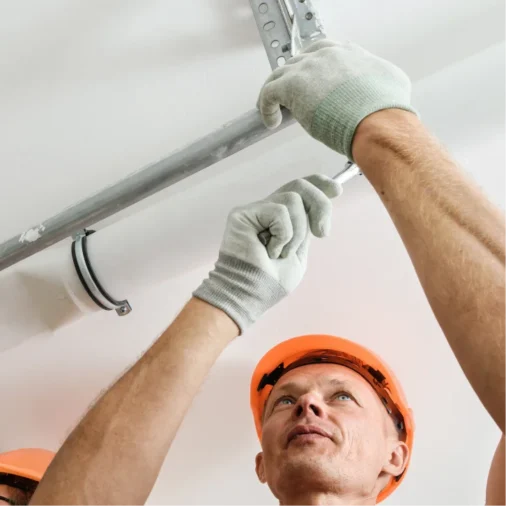
Control Moisture
- Managing humidity is key to preventing mold. Consider getting a dehumidifier to keep humidity levels below 60%, especially during Florida’s humid months.
- Remember to empty it regularly and check its settings. A hygrometer can also be helpful to track humidity levels and remind you when it’s time to act.
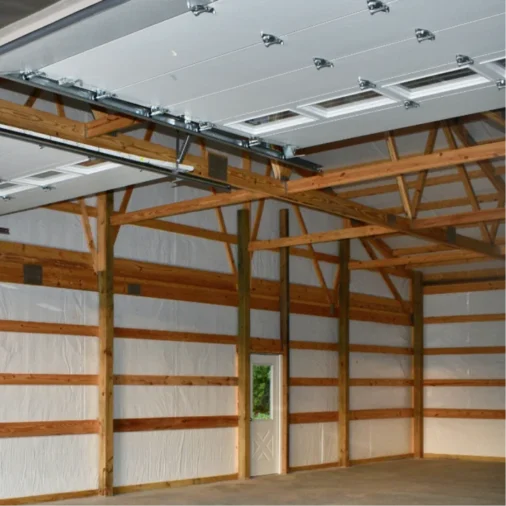
Insulate Properly
- Insulate water pipes and the garage itself to prevent condensation due to temperature fluctuations.
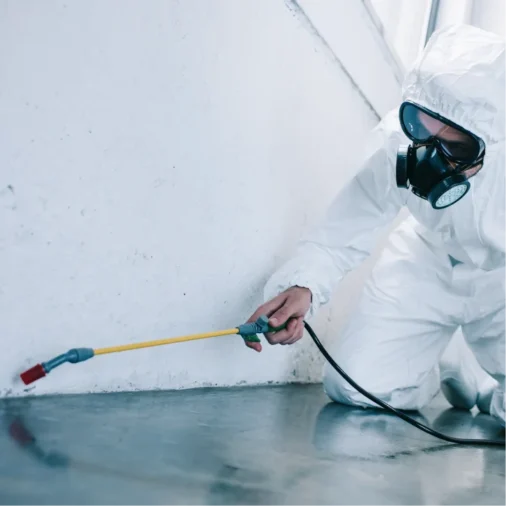
Regular Inspections
- Schedule routine checks of your garage to look for signs of mold or moisture. Aim for at least once every three months, and if you see anything concerning, don’t hesitate to contact a professional service like ETA Mold.
- We’re here to help with thorough inspections and expert advice to keep your garage safe and mold-free.

Keep It Clean:
- Set up a regular cleaning routine to get rid of dust and debris that can trap moisture. Sweep and vacuum often, and use a damp cloth to wipe surfaces— just don’t add too much water!

Monitor Humidity Levels
- Use a hygrometer to keep track of the humidity levels, aiming to keep it below 60%.
Choose ETA for Expert Mold Testing
Choosing ETA Mold for your garage mold inspection and testing means you’re getting trusted service from a skilled team. We conduct thorough inspections with advanced technology to uncover hidden mold and moisture issues, and we’re always here to answer your questions with a strong focus on customer service.
Professional Mold Inspection & Air
Quality Testing Services in South Florida.
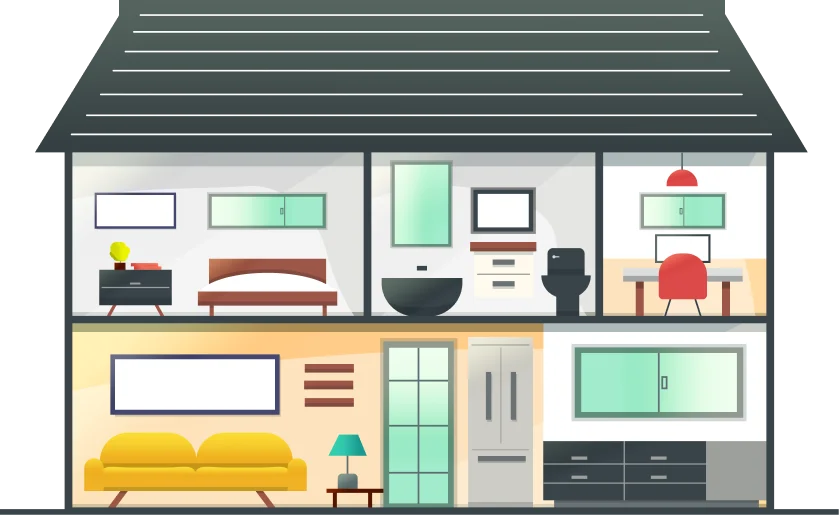
The Mold Testing and Inspection Process

DETECTION
We’ll discover the source of infrastructure damage. This is imperative and also the first step in our process.

TESTING
We send all samples to an accredited laboratory. Our labs know this is our priority and will give the most detailed results possible.

ASSESSMENT
Our certified and licensed assessors will compile a comprehensive report providing our documentation and lab analysis. All information comes with a scope of work.

Why Choose Environmental
Testing Agency?
Our team is comprised of industry-certified experts with extensive knowledge and experience in environmental testing. We utilize the latest technology and methodologies to ensure accurate and reliable results, making us leaders in the field.
Expertise
We are committed to providing exceptional customer service. Our team is responsive, thorough, and dedicated to assisting clients through every step of the testing process. We prioritize clear communication and tailored solutions to meet your specific needs.
Customer Service
Quality is at the core of everything we do. From rigorous testing procedures to detailed reporting, we ensure that all services meet the highest standards. Our commitment to quality helps clients make informed decisions based on dependable data.
Quality
Licensed, Certified,
and Insured Mold Inspection
and Air Quality Testing Company.

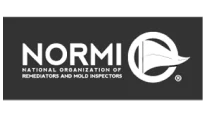



Before Booking an Air Quality Test
and Mold inspection Services
Receive $50 off!

Garage Mold FAQ’S
Garage mold is a type of fungus that grows in damp places like garages. It can come in colors like black, green, or white and loves dark, wet environments. Mold can harm the air quality and damage your belongings.
Mold thrives in warm, moist conditions. In garages, moisture can come from leaks, high humidity, poor airflow, or storing wet items. Florida’s climate often leads to higher humidity, making garages more prone to mold.
Yes, mold can be harmful, especially for people with allergies, asthma, or weakened immune systems. Mold spores can lead to breathing issues and other health problems, so it’s important to tackle mold growth quickly.
Look for dark spots or fuzzy patches on surfaces. A musty smell is another clear sign. Also, check for water stains, damp items, or recent leaks that could encourage mold growth.
To prevent mold, make sure your garage has good airflow, control humidity with a dehumidifier, and seal any cracks in walls and windows. Keeping your garage clean and dry, along with storing items properly, will also help reduce mold risk.
If you discover mold, act fast by contacting a professional mold inspection service. They can assess the situation, find out where the moisture is coming from, and suggest the best steps for removal and prevention.
It’s smart to check your garage at least every few months, especially after heavy rains or changes in weather. Regular inspections can help catch any mold issues before they get serious.
Costs vary depending on the size of your garage and the inspection needed. At ETA Mold, we offer clear pricing with no hidden fees, so you’ll know what to expect.
Yes, mold in your garage can spread to other parts of your home if not addressed. Mold spores can become airborne and travel, potentially affecting air quality in your living spaces. It’s important to tackle any mold issues in the garage quickly to keep your entire home safe.
Whether you should do mold testing yourself or hire a professional depends on several factors, including your expertise, the complexity of the situation, and the level of accuracy and reliability required.n conclusion, while DIY mold testing kits can be a cost-effective initial step for basic assessments, professional mold testing is generally recommended for more accurate, comprehensive, and reliable results. It ensures that potential mold issues are properly identified, assessed, and addressed according to industry standards and best practices.
Areas We Serve
In Florida
1. Miami Dade
- Coral Gables
- Coconut Grove
- Miami Beach
- Star, Palm & Hibiscus Island
- Key Biscayne
- Keystone Islands
- San Souci
- Miami Shores
- Pinecrest
- Brickel
- Bal Harbor
- Bay Harbor Islands
- Indian Creek
- Surfside
- Eastern Shores
- Sunny Isles
- Aventura
- Golden Isles
- Golden Beach
- The Roads
2. Broward
3.Palm Beach
- Royal Palm Beach
- Lake Worth
- Lantana
- Boca Raton
- Boynton Beach
- Manalapan
- Singer Island
- South Palm Beach
- North Palm Beach
- Tequesta
- Highland Beach
- Ocean Ridge
- Country Club Acres
1. Miami Dade
- Coral Gables
- Coconut Grove
- Miami Beach
- Star, Palm & Hibiscus Island
- Key Biscayne
- Keystone Islands
- San Souci
- Miami Shores
- Pinecrest
- Brickel
- Bal Harbor
- Bay Harbor Islands
- Indian Creek
- Surfside
- Eastern Shores
- Sunny Isles
- Aventura
- Golden Isles
- Golden Beach
- The Roads
2. Broward
- Bonaventure
- Hallandale
- Miramar
- Hillsboro Beach
- North Lauderdale
- Coconut Creek
- Hollywood
- Sea Ranch Lakes
- Oakland Park
- Sunrise
- Coral Springs
- Parkland
- Dania
- Lauderdale By The Sea
- Pembroke Park
- Tamarac
- Davie
- Pembroke Pines
- University Park
- Deerfield Beach
- Plantation
- Weston
- Fort Lauderdale
- Lighthouse Point
- Pompano Beach
- Wilton Manors
3. Palm Beach
- Royal Palm Beach
- Lake Worth
- Lantana
- Boca Raton
- Boynton Beach
- Manalapan
- Singer Island
- South Palm Beach
- North Palm Beach
- Tequesta
- Highland Beach
- Ocean Ridge
- Country Club Acres
- Jupiter
- Palm Beach
- Jupiter Inlet Colony
- Palm Beach Gardens
- Wellington
- Jupiter Island
- Palm Beach Shores
- Delray Beach
- Palm Springs
- Lake Clarke Shores
- Pelican Lake
- West Palm Beach

